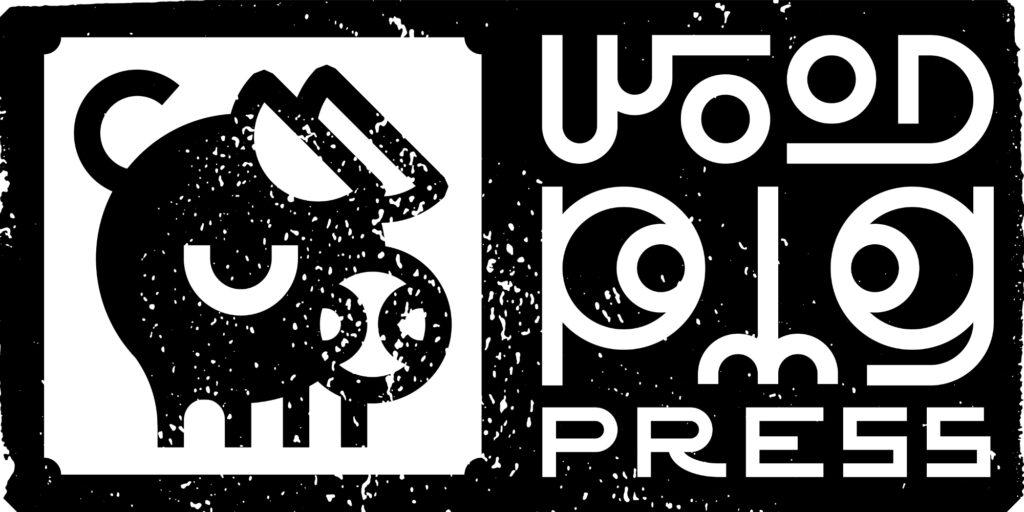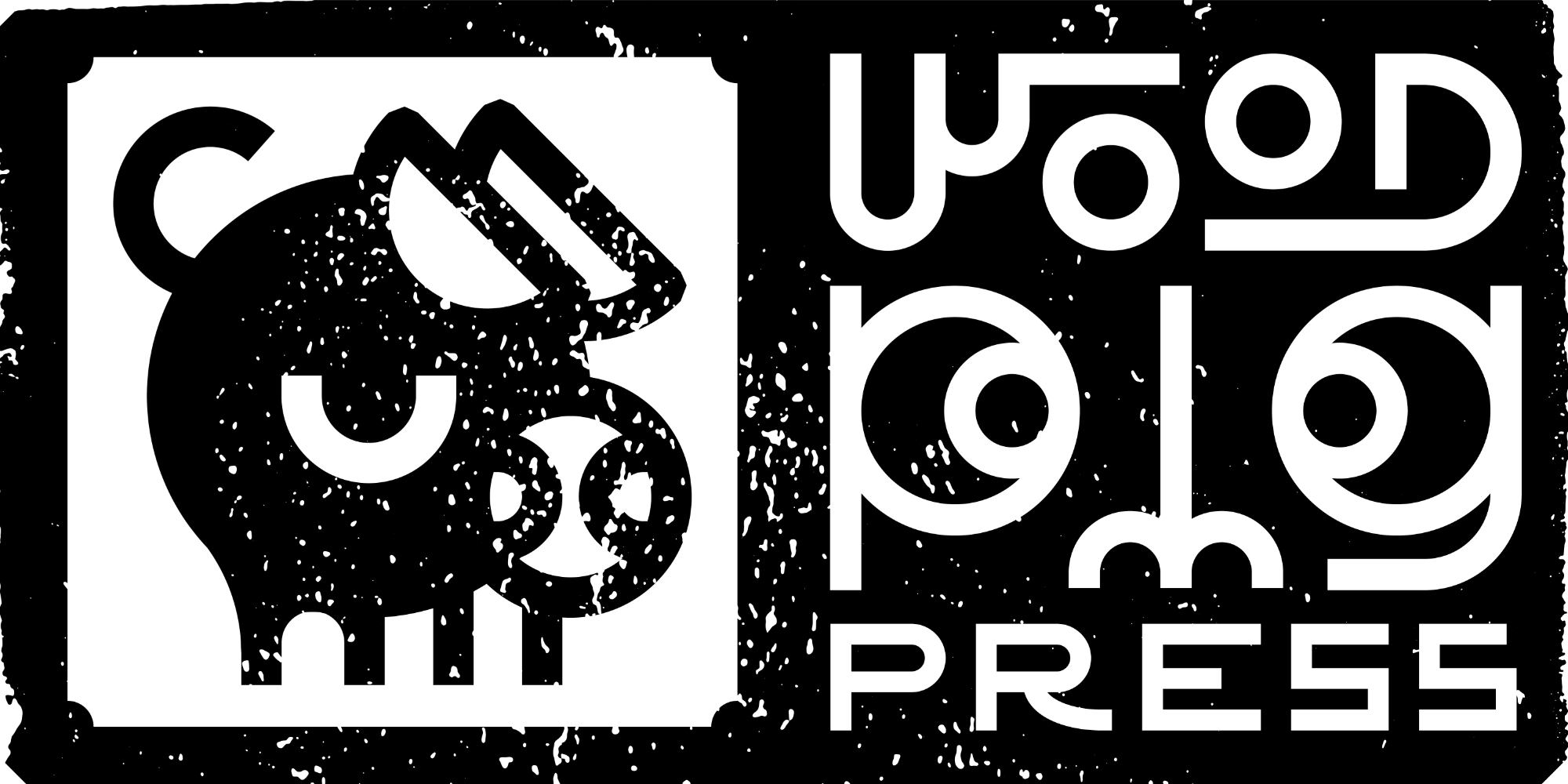
Diary of a Micro-Press, Week 2 – in which I have a chat with some friendly librarians
This week I was lucky enough to arrange a Zoom meeting with Karren Gibbins and Kerry Pillai at the headquarters of Swansea Council library service – and it proved fascinating!
Most fledgling authors dream of seeing their books in libraries and bookshops. Achieving the former is actually easier than the latter, because while bookshops are primarily commercial enterprises, concerned with whether your book will sell, libraries serve a wider social purpose, and are mainly concerned with serving the community. Shelf space is an issue in both places, but libraries are more likely to cater to niche tastes and local interests. So, as long as that book on extreme sudoku strategies gets taken out every now and then, they’re happy to stock it.
As an indie author and publisher, my main questions concerned the best way for us to approach libraries, and their attitude to self-published authors and small presses in general. Were they happy to stock indie books? This turned out to be a qualified “yes”.
First of all, is the book available through normal channels? For libraries in the UK,1 this means Askews & Holts, or occasionally Peters, who act as book suppliers for most libraries. Getting into these catalogues relies in turn on getting into Gardners, the main books wholesaler in the UK. This was good news for me and WoodPig Press, as I already publish through Ingram Spark and Bookvault, both of which distribute to Gardners. They also mentioned that it’s good for a book to be “shelf ready” in terms of possessing the right metadata (what’s called a digital MARC record). The main company that provides this service is BDS, where you can simply upload the publishing data for your books. BDS will then put this info into a library-friendly form (e.g. ensuring it has a Dewey Decimal classmark – which most library borrowers will be familiar with as the number that sits on the spine of a library book). Again, this was something I was aware of and already doing, so it was good to see that was correct, but they also stated that, while not ideal, it’s not the end of the world if a book doesn’t possess BDS data, for the library would simply generate it themselves manually. Also, if there was a proven need for a particular book, the librarians said that they weren’t averse to buying it from other places – e.g. Bookshop.org, Waterstones, direct from the publisher, or even the reviled Amazon.
Since I have a little experience with Gardners, I asked whether the status of a book mattered. Only a small percentage of books are actually stocked in Gardners’ warehouse, and the rest are listed either as “extended catalogue – available to order”, or “special order line”. I had heard the latter was the kiss of death for a book, as most bookshops and libraries would not order a book with that status. However, it was reassuring to hear that this was not the case, as they considered “special order line” simply to mean that it was only available direct from the publisher. The only thing that would put them off ordering is a long delivery time, which in their experience often meant that the book would never arrive.2
So, let’s say the book is available to order. What other criteria would libraries use to decide whether to buy it? Chief among them seemed to be whether there was a public need: if they stocked it, would anyone actually take it out? In other words, is buying your book a good use of public money in terms of serving the local community? Obviously, this is not an issue with traditionally published books by well-known authors, but can be a real obstacle for books with no marketing buzz by unknown indies. One way around this, they suggested, was for the author to arrange to give a talk, at which they could then sell copies of their books. This creates buzz, and makes it more likely that any books bought for stock will lend. Obviously, if the author is local, or the book has a local theme, then this also increases the likelihood of borrower interest. But whatever the case, the key thing here is marketing: how will potentially interested people learn that your book is in their local library?
In terms of the book itself, the librarians would look for a professional cover and formatting, and that it is well edited. Having passed these tests, they then consider the cost. Interestingly, they said that they generally preferred paperbacks to hardbacks, as these tended to represent the best value for money in terms of the longevity of the physical copy. This was interesting, because I had wondered whether a high-quality hardback special edition with sprayed edges, foiling, etc, might be more enticing to readers (and possibly library stock buyers), but was told that, if a book were too “fancy”, then it increased the likelihood that it might go “missing”! They also said that they would expect a 30% to 45% discount off the retail price, if possible – though this might not always put them off buying a book into stock if they thought it would loan in sufficient numbers.
The next consideration was reviews. One problem with indie books is that they don’t always have the implicit stamp of approval that comes with traditionally published books – not only in regards to quality (cover, formatting, etc), but in terms of editorial validation. They therefore viewed the fact that a book was traditionally published as an indication that the writing was of a certain quality, that it was not libellous, untrustworthy, or otherwise problematic. What, I asked, could indie publishers do to make up for this? The answer was basically, “reviews”. If a book had a good number of well-written reviews from the usual sources, then that would help to offset any fears as to its quality. And what are these sources? Amazon, Instagram, TikTok, Storygraph, Goodreads, Fable, Netgalley, and of course reviews in newspapers and other trusted places.
We also chatted a little about digital titles – ebooks and audiobooks. They were happy to consider titles that were available through Borrowbox and Overdrive/Libby (both of which Draft2Digital can get you into, and I’ve had some success with that). It was interesting to learn that, in their dealings with various publishers, the costs and terms can vary greatly. A big publisher might limit the number of downloads for a particular ebook or audiobook (e.g. to 20), at which point the library would have to buy another copy. Other digital books might be bought much as you would a physical book, and then be loaned out singly, one borrower at a time. The lesson for indie publishers here would seem to be that they can make themselves more appealing by pricing reasonably – both for physical and digital – in a way that doesn’t aim to punish libraries the way traditional publishing often seems to (for whom library copies are seen almost as lost sales).
Finally, I asked how best to contact libraries. Email is preferred, and usually to a generic email address, rather than a named person, as personnel can change. It’s better to attach a PDF of a sell sheet containing all the relevant info on the book, than to provide links to websites (as a librarian may be wary of clicking on external untrusted links). But this practice may differ between libraries, as in my own experience I’ve not had problems with links sent in emails to libraries. However, it still doesn’t hurt to send a brief email first in order to check policy and preference. And lastly – but importantly – don’t be pushy. Librarians are very busy people. Be concise, respectful, professional and patient.
And that’s about it. As you can see, there is a lot to digest here, threads from which I’ll try to draw out in future weeks’ posts, though it was pleasing to see that I’m doing mostly the right things. The big takeaway for indie authors and presses, I think, is the importance of marketing. It’s actually not that hard to make a book available to libraries (publishing through Ingram Spark and uploading data to BDS is pretty much all you need). But you do need to prime your readership, so that when the library does stock the book, there are people ready to borrow it. Big traditional publishers have an advantage here, as they posses the marketing budget that indie authors and small presses do not. That said, there are other ways of marketing, such as in-person (or even Zoom) talks. It’s all about creating a relationship (and this applies doubly to bookshops…).
Anyway, plenty of food for thought.
That’s it for this week.
All my best,
Gareth Southwell,
WoodPig Press.
Thanks to Karen Gibbins and Kerry Pillai for the opportunity to quiz them!
